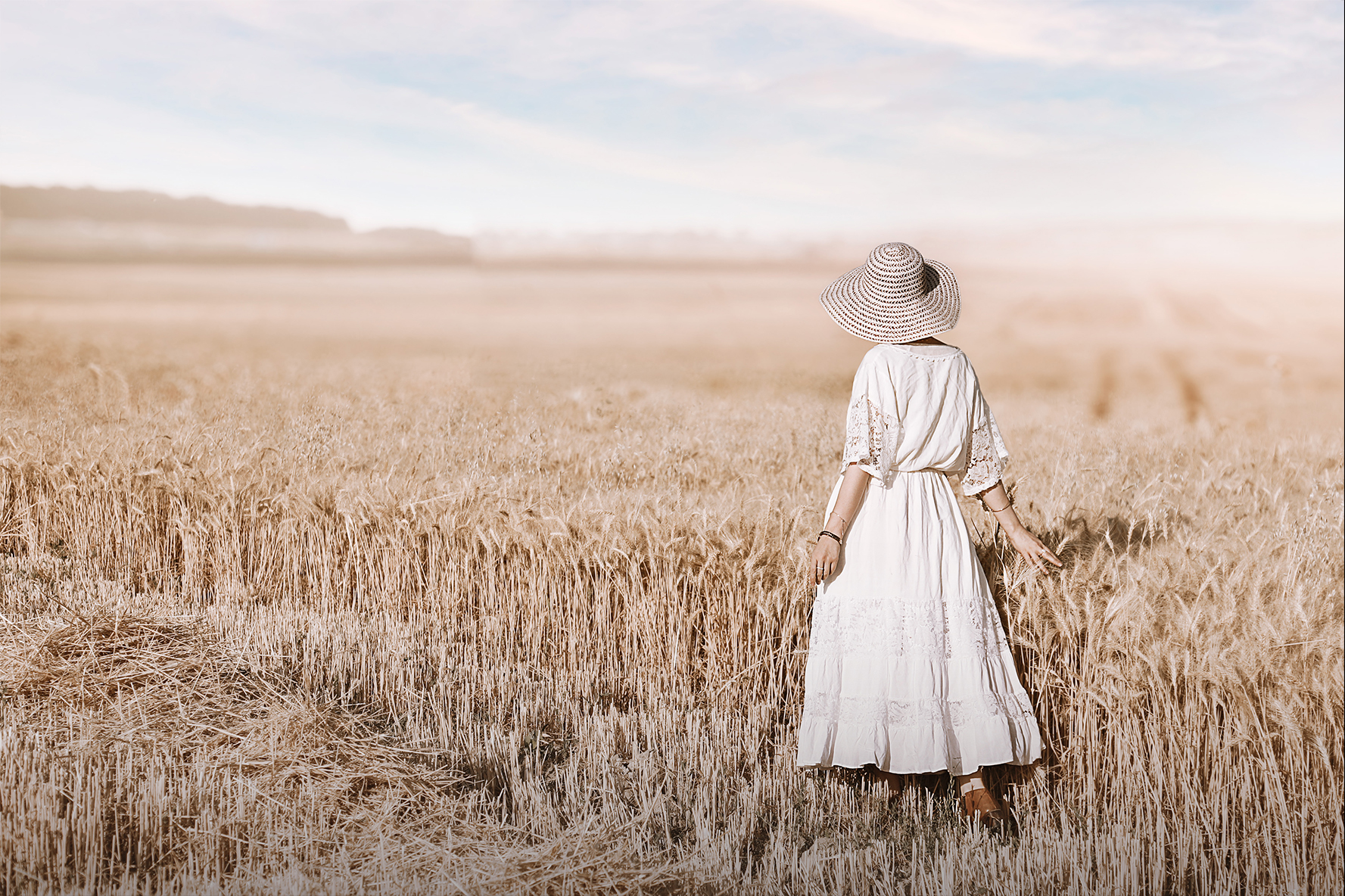Golden hour is a game-changer for outdoor photography, offering soft, warm light that enhances any subject—no extra gear required. In this guide, we break down why this time of day is essential for photographers, how to capture it perfectly, and what camera settings will help you make the most of every golden moment.
- What is Golden Hour?
- Why Golden Hour is the Best Time for Outdoor Photos
- Golden Hour vs. Blue Hour
- Best Camera Settings for Golden Hour Photography
- Tips for Capturing Perfect Golden Hour Shots
Capturing breathtaking outdoor photos isn’t just about having the latest gear or a beautiful location—it’s all about timing. One of the most powerful secrets professional photographers rely on is golden hour photography. This magical window of natural light turns even the simplest shots into dreamy, cinematic visuals.
In this guide, we’ll explore what golden hour is, why it’s the best time for outdoor photos, how it compares to the blue hour, and share camera settings and tips to help you master this time of day. Whether you’re shooting portraits, landscapes, or planning a sunset photoshoot, golden hour will change the way you capture moments.
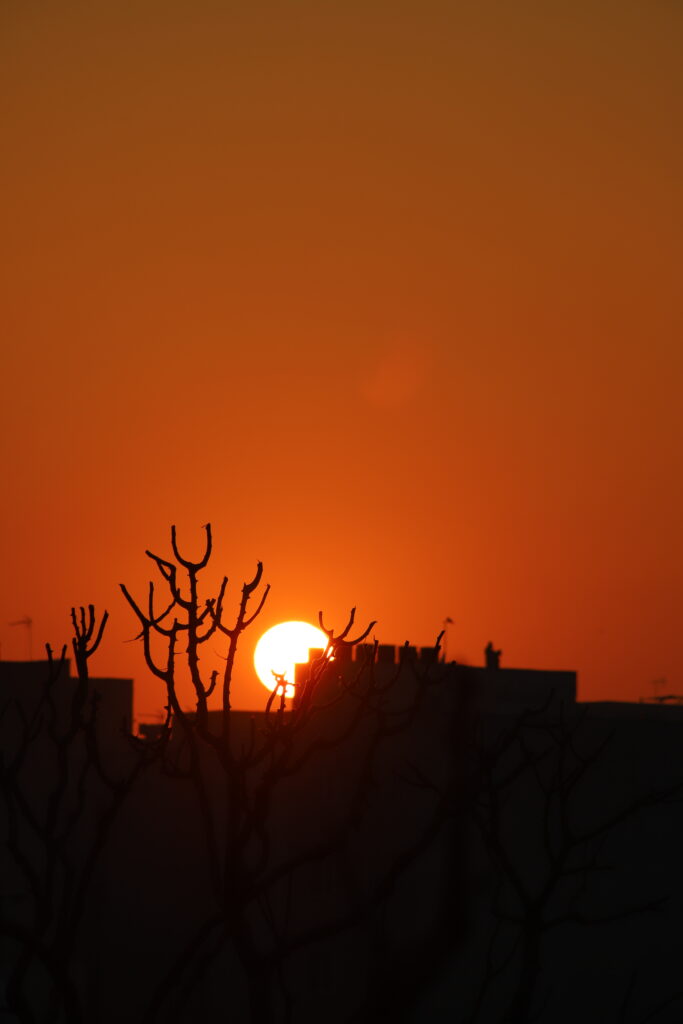
What is golden hour
The golden hour refers to the short period right after sunrise and just before sunset when the sun is low in the sky. During this time, sunlight travels through more of the Earth’s atmosphere, diffusing the light and giving everything a warm, soft glow.
- Morning golden hour: ~1 hour after sunrise
- Evening golden hour: ~1 hour before sunset
Exact times vary depending on the season and your location, but apps like Golden Hour Calculator or PhotoPills can help you pinpoint it precisely.
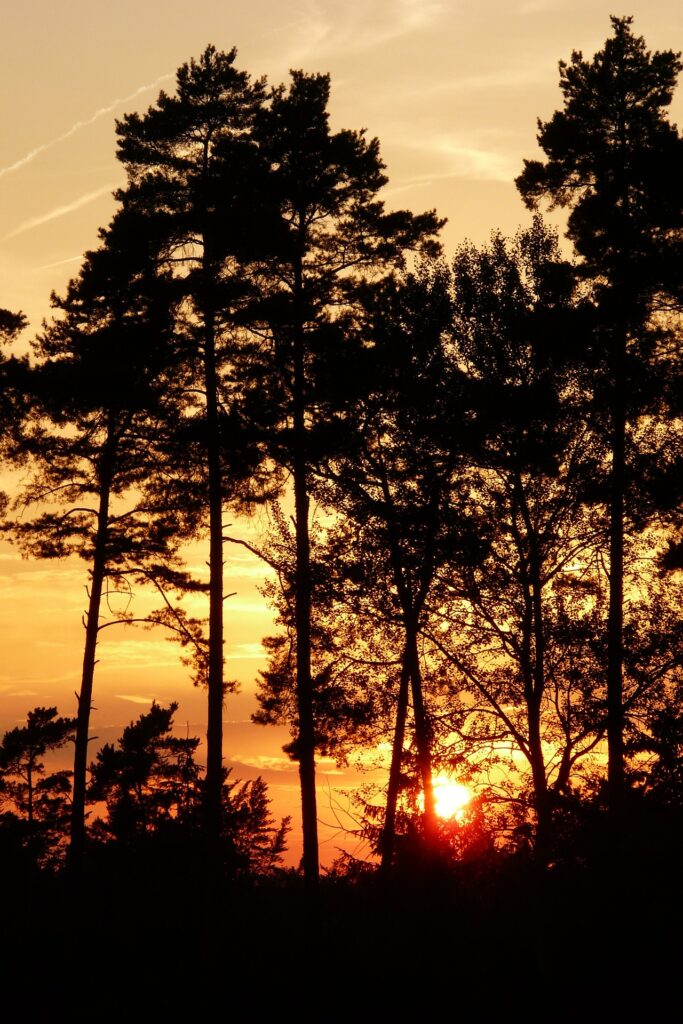
Why is Golden Hour
Golden hour light is softer, warmer, and more flattering than the harsh midday sun. Here’s why it’s ideal for outdoor photography:
- Soft shadows: Avoids harsh contrast, especially on faces
- Warm tones: Creates a romantic, nostalgic mood
- Long shadows: Adds depth and drama to photos
- Better skin tones: Perfect for golden hour portrait photography
- Natural light magic: Ideal for anyone who loves natural lighting for photography
Whether you’re capturing couples, landscapes, or urban scenes, golden hour delivers a magical touch no artificial light can replicate.
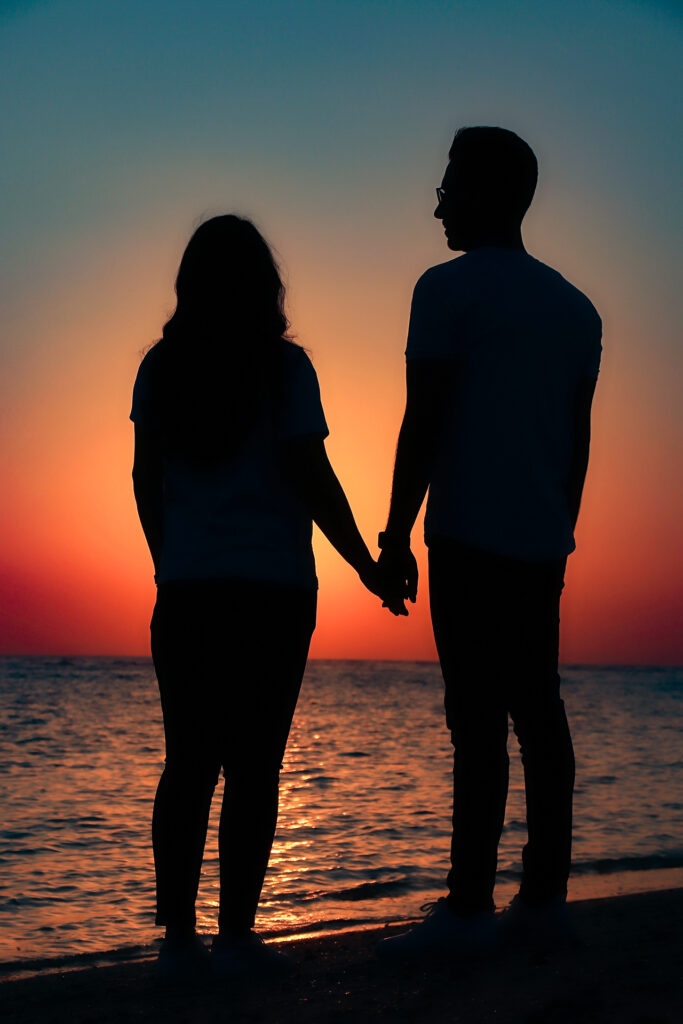
Golden hour vs blue hour
Both golden hour and blue hour are beloved by photographers, but they create very different moods.
| Feature | Golden Hour | Blue Hour |
| Timing | After sunrise / before sunset | Just before sunrise / after sunset |
| Light temperature | Warm, golden tones | Cool, bluish tones |
| Mood | Romantic, soft, glowing | Calm, mysterious, dreamy |
| Best for | Portraits, landscapes | Cityscapes, silhouettes, moody shots |
Want something warm and emotional? Go for golden hour. Want something moody and cinematic? Blue hour is your moment.
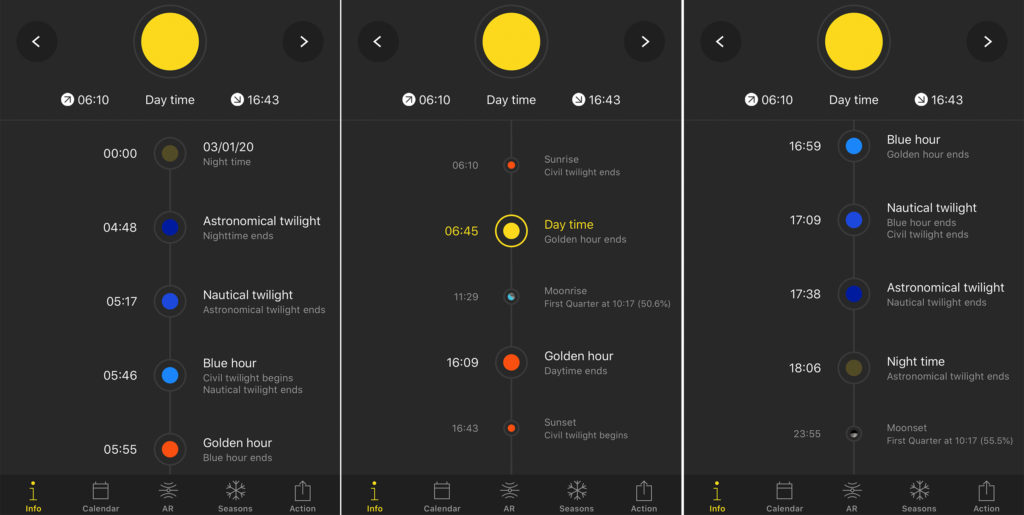
Best camera settings
While there’s no one-size-fits-all, here are recommended camera settings for golden hour:
- ISO: Keep it low (100–400) to avoid noise
- Aperture: Use a wide aperture (f/1.8 – f/4) for soft backgrounds
- Shutter speed: Adjust based on movement and lighting (1/100 – 1/500 sec)
- White balance: Use “Cloudy” or manually set to capture warm tones
- Lens flare: Embrace or control it by adjusting angles or using a lens hood
Pro Tip: Shoot in RAW to easily correct exposure or color temperature in post.
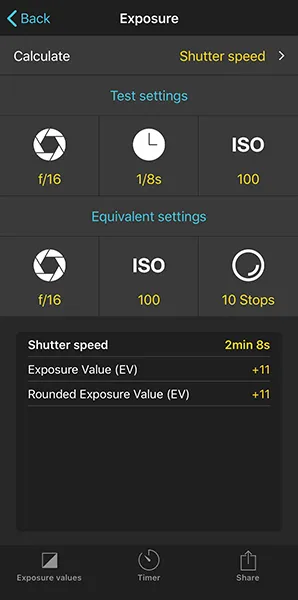
Tips for capturing
Here’s how to make the most out of golden hour:
- Arrive early: Light changes quickly—be set up before golden hour begins.
- Backlight your subjects: Place the sun behind your subject for that golden halo effect.
- Experiment with silhouettes: Position your subject in front of the sun for dramatic outlines.
- Use reflectors: Bounce light onto faces for more control in portraits.
- Plan ahead: Use location scouting and weather apps to avoid surprises.
Don’t forget to explore different angles and compositions. A single location can look completely different as the sun moves across the sky.
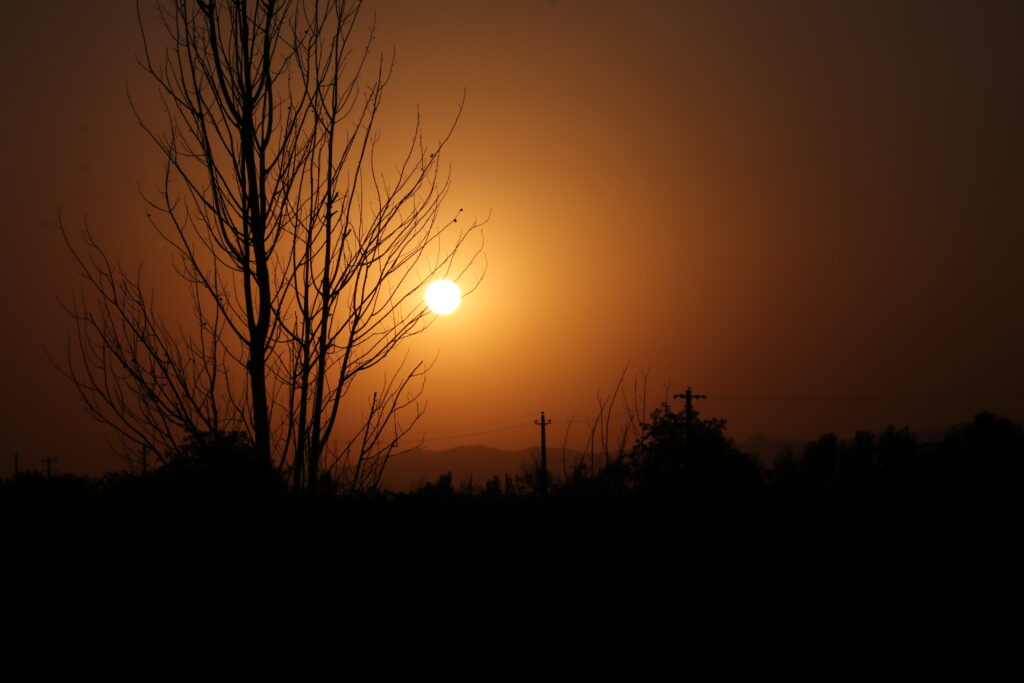
Final Thoughts
Golden hour isn’t just a buzzword—it’s the ultimate best time of day to take outdoor photos, especially when you’re working with natural light. Whether you’re doing a sunset photoshoot, sunrise photography, or looking for the ideal moment for couple portraits or nature shots, this magic hour will elevate your work to a whole new level.
Ready to take your outdoor photography to the next level? Start chasing that golden light—and capture the magic while it lasts.


